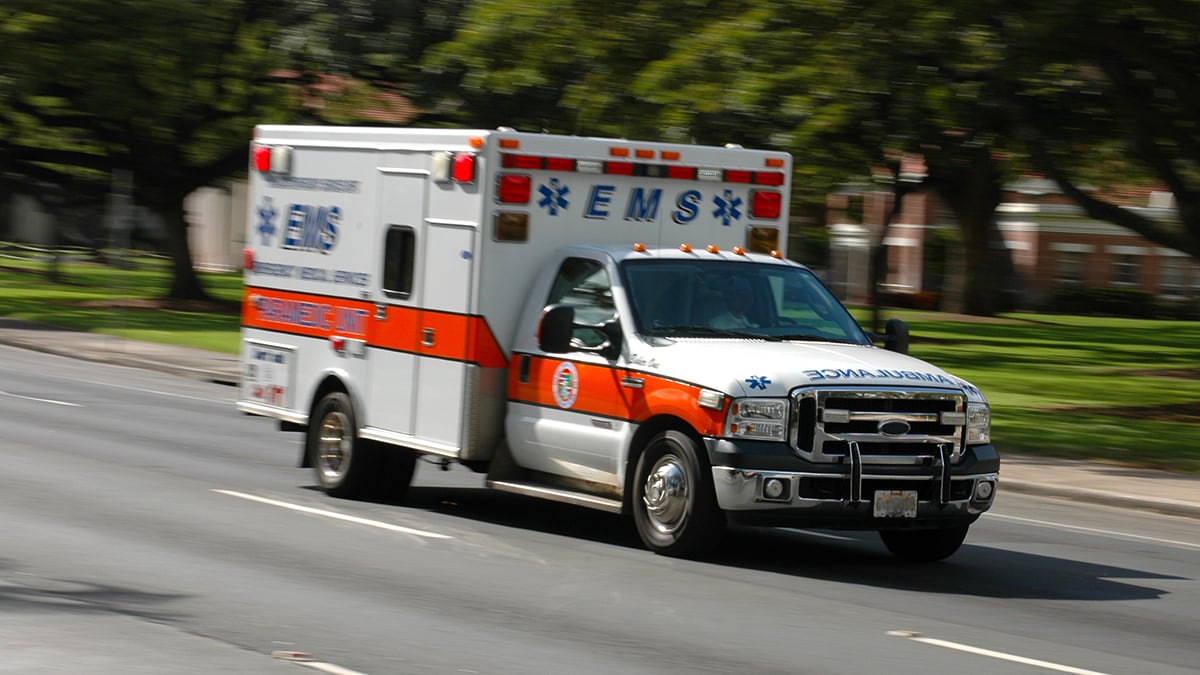At a glance
Learn more about the evidence related to EMS and community paramedicine and where evidence-informed policies have been adopted and implemented in the United States.

Background
Policy resources
High-quality, accessible emergency medical services (EMS) provided to patients experiencing time-sensitive emergencies, including stroke, myocardial infarction, and cardiac arrest, can substantially improve survival rates and promote optimal recovery.12
However, the quality and accessibility of EMS vary widely across the United States, in part because EMS programs are largely funded by state and local governments, leading to variations in the structure and organization of service delivery.34
Research has also identified substantial differences in health outcomes associated with race and ethnicity, gender, and geography (particularly for rural and low-income communities).5678
Community paramedicine is an emerging approach that can help address health inequities. Community paramedics work in nontraditional ways to expand access and reduce barriers to primary and preventive care for underserved populations.
Resource
Emergency Medical Services Home Rule State Law Fact Sheet
This state law fact sheet (SLFS) provides a five-state analysis of local government autonomy and local funding mechanisms in effect as of January 31, 2022. Policy and public health professionals and researchers can use this to understand local government challenges of providing life-saving EMS.
- Kleindorfer DO, Lindsell CJ, Broderick JP, et al. Community socioeconomic status and prehospital times in acute stroke and transient ischemic attack: do poorer patients have longer delays from 911 call to the emergency department? Stroke. 2006;37(6):1508–1513.
- Saczynski JS, Yarzebski J, Lessard D, et al. Trends in prehospital delay in patients with acute myocardial infarction (from the Worcester Heart Attack Study). Am J Cardiol. 2008;102(12):1589–1594.
- MacKenzie EJ, Carlini AR. Characterizing local EMS systems. Report no. DOT HS 811 824. National Highway Traffic Safety Administration; August 1, 2013.
- Institute of Medicine. Emergency Medical Services: At the Crossroads. National Academies Press; 2007.
- Ashburn NP, Snavely AC, Angi RM, et al. Prehospital time for patients with acute cardiac complaints: A rural health disparity. Am J Emerg Med. 2022 Feb;52:64–68.
- Schwartz J, Dreyer RP, Murugiah K, et al. Contemporary prehospital emergency medical services response times for suspected stroke in the United States. Prehosp Emerg Care. 2016;20(5):560–565.
- Roberson S, Dutton M, Macdonald M, et al. Does place of residence or time of year affect the risk of stroke hospitalization and death? A descriptive spatial and temporal epidemiologic study. PLoS One. 2016;11(1):e0145224.
- Rural community paramedicine toolkit. Rural Health Information Hub. Accessed July 16, 2020.
